
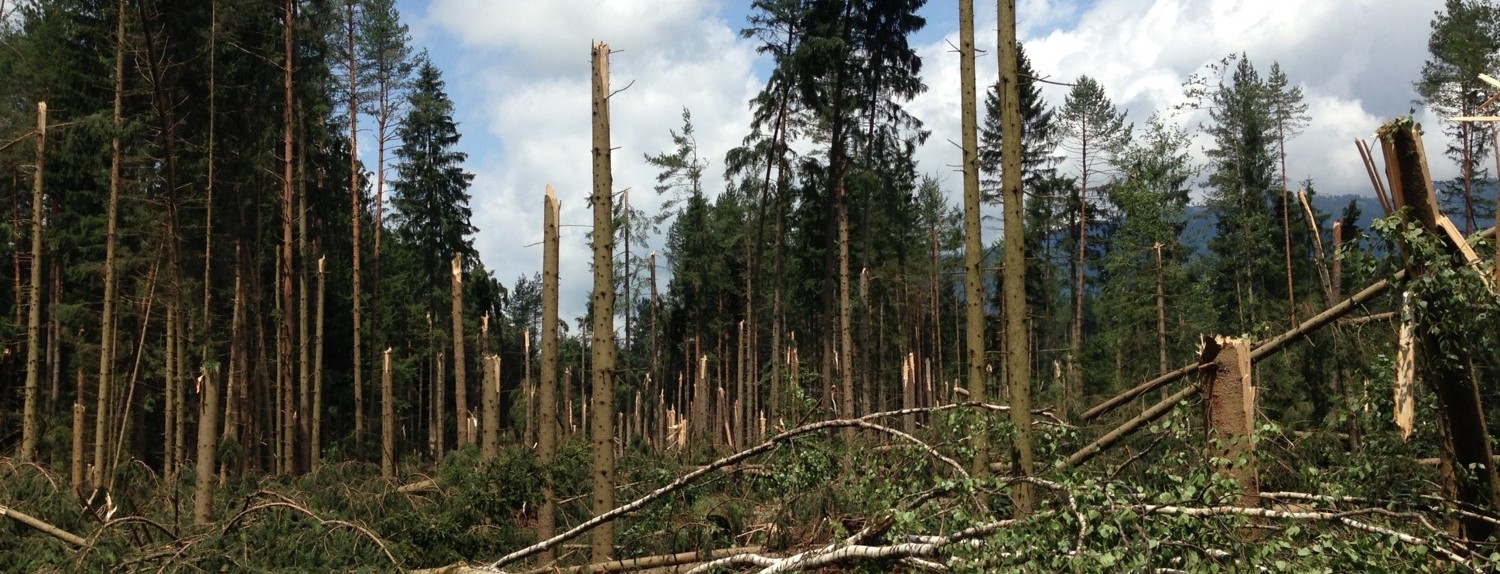


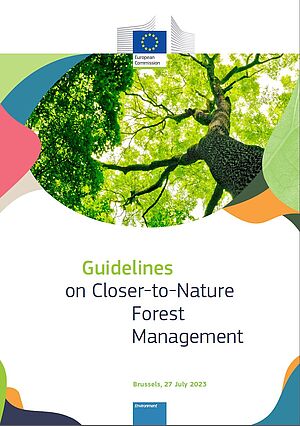
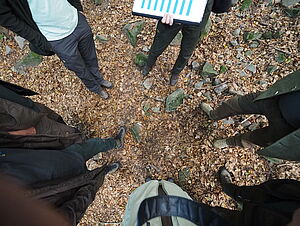
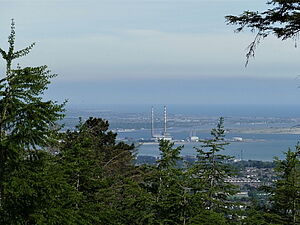
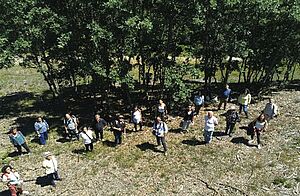
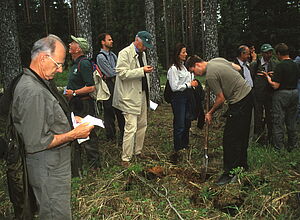

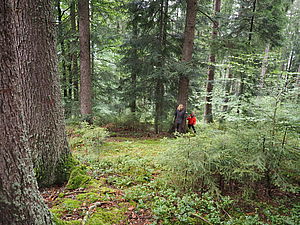
This paper highlights the benefits of forest management based on Pro Silva principles that are founded on natural forest dynamics in the face of the risks posed by changing environmental conditions. They draw upon the broad genetic polymorphism of naturally regenerated stands, the large quantity of regeneration and continuity of renewal. Initially this provides the opportunity for natural selection to act upon the best adapted individuals, and subsequently for selective forestry management practices to maintain continuity and to allow adaptive responses. Furthermore, the use of mixed stands ensures a better allocation of risk.
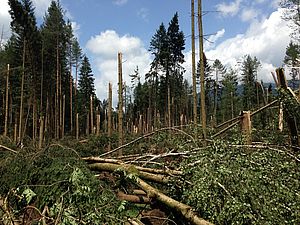
Response to the scope of complex forces that represent anthropogenic changes to the environment first requires a thoughtful attitude. Forestry activity can be guided by principles of common sense. In fact there is nothing fundamentally new. Only priorities can be changed. And those are to obtain forests heterogeneous and mixed and in good health. This is precisely what we have always sought in close-to-nature silviculture. It is above all the use of natural regeneration that confers the benefit of adaptability. This requires essentially a sufficient level of temporal and spatial presence by trained foresters and wildlife densities which are appropriate to the survival of multiple species regeneration.
16.7.2012/Jps
New final version of Risks and Forest policy paper accepted by the ProSilva Delegate Convention June 29 2012 at La Ferté Bernard.
Available in three languages.